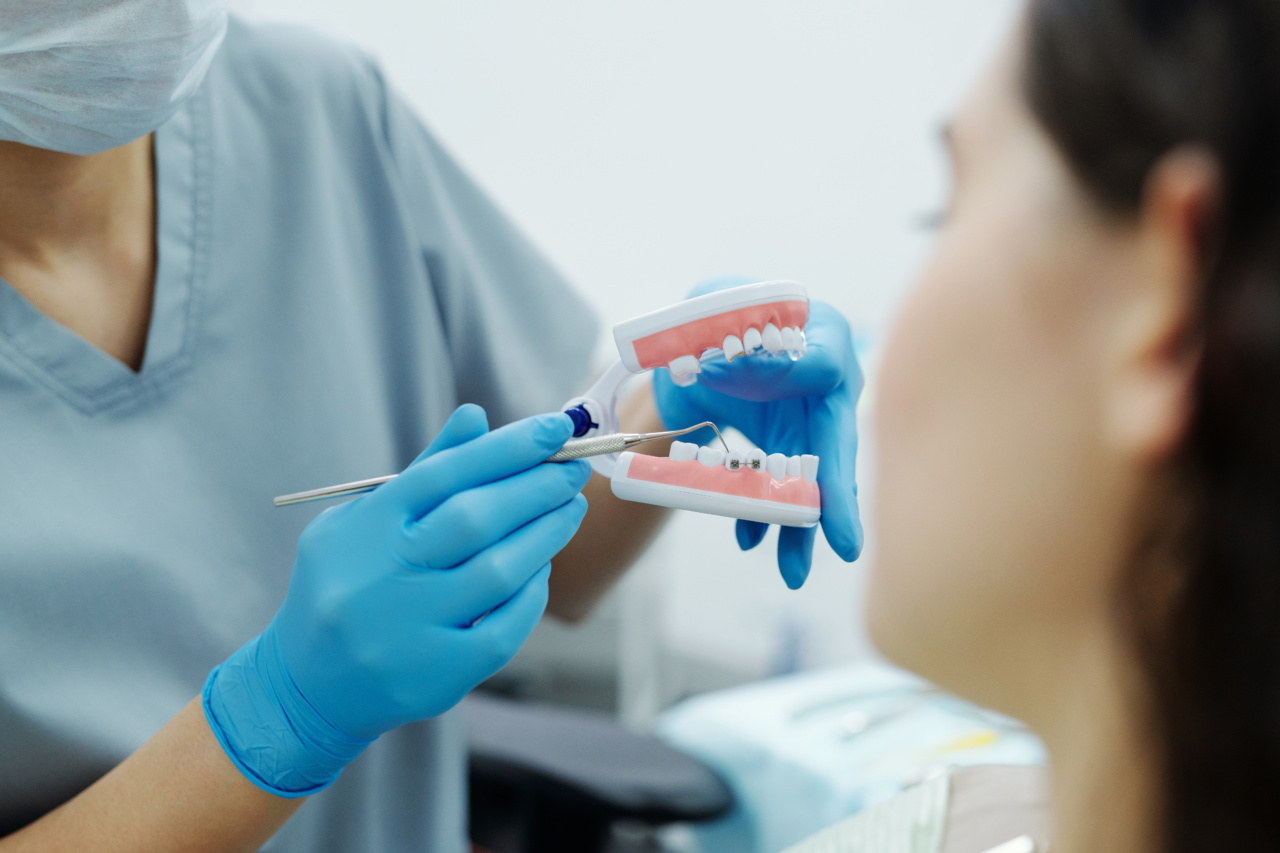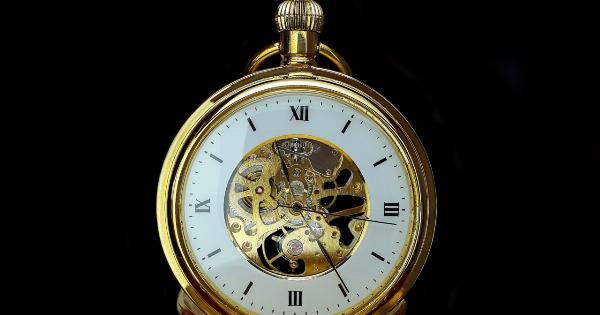Are you or someone you know dealing with crooked teeth? Crooked teeth can have a significant impact on a person’s self-confidence and oral health. Fortunately, braces are a popular and effective solution for correcting misaligned teeth.
In this article, we will provide a quick demo of how braces fix crooked teeth in just 30 seconds.
What are braces?
Braces are orthodontic devices used to straighten crooked teeth and correct misalignments of the jaw. They consist of metal or ceramic brackets that are attached to the teeth and connected by wires.
These components work together to exert gentle pressure on the teeth, gradually repositioning them into the desired alignment.
Initial consultation with an orthodontist
The first step in getting braces is to schedule an initial consultation with an orthodontist. During this visit, the orthodontist will examine your teeth, take X-rays, and discuss your treatment options.
They will also explain the process, the expected duration of treatment, and address any concerns or questions you may have.
Preparation for braces
Before getting braces, your orthodontist may need to take additional dental impressions or photographs to create a personalized treatment plan.
They will also recommend any necessary dental work, such as cleaning, filling cavities, or removing wisdom teeth.
Applying the braces
Once the preparation is complete, it’s time to get your braces applied. During this procedure, your orthodontist will clean and dry your teeth before attaching the brackets with a special dental adhesive.
They will then thread the archwire through the brackets and secure it with tiny elastic bands or wires, known as ligatures.
Adjustments and tightening
After the initial application, you’ll be scheduled for regular appointments with your orthodontist to make adjustments and tighten your braces.
These appointments typically occur every 4-6 weeks and are essential for ensuring that your teeth are progressing towards their new alignment. During these visits, your orthodontist may replace ligatures, adjust the archwires, and monitor your progress.
Eating and oral hygiene with braces
It’s important to note that eating and oral hygiene can require some adjustments while wearing braces. Certain foods, such as sticky or hard items, may need to be avoided to prevent damage to the brackets or wires.
Additionally, it’s crucial to maintain excellent oral hygiene by brushing your teeth after every meal and using special tools like interdental brushes or floss threaders to clean between the brackets and wires.
Timeline for braces treatment
The duration of braces treatment varies from person to person, depending on the severity of their orthodontic issues. On average, most people wear braces for 1-3 years. However, some cases may require a longer treatment period.
Your orthodontist will provide a clear estimate of how long your specific treatment will take during the initial consultation.
Changes during braces treatment
Over time, you will start to notice significant improvements in the alignment of your teeth. As the braces exert pressure on your teeth, they gradually move into their new positions.
You may experience some mild discomfort or soreness during this process, especially after adjustments or tightening. It’s essential to follow your orthodontist’s guidance regarding pain management and maintaining your braces properly.
Retainers and post-braces care
Once your braces treatment is complete, your orthodontist will remove the brackets and wires. However, to maintain the newly achieved alignment, you will need to wear retainers.
Retainers are custom-made devices that hold your teeth in their new positions. Initially, you may need to wear them full-time, and then transition to wearing them only at night. Regular check-ups with your orthodontist will ensure that everything is progressing as planned.
The benefits of braces
Braces offer numerous benefits beyond just cosmetic improvements. Some notable advantages include:.
- Straighter teeth, leading to improved aesthetics and a confident smile.
- Better oral hygiene since properly aligned teeth are easier to clean and maintain.
- Improved bite and jaw alignment, reducing the risk of jaw pain or other functional issues.
- Reduced risk of dental problems such as tooth decay, gum disease, and abnormal wear on teeth.
Conclusion
Braces are an effective solution for fixing crooked teeth and achieving a straighter, more confident smile.
Through the gentle pressure exerted by braces, teeth gradually shift into their desired positions, correcting misalignments and improving overall oral health. Consultation with an orthodontist, preparation, application, adjustments, oral hygiene, and post-braces care are all part of the braces journey. Embrace the process and look forward to a beautiful, healthy smile!.


























